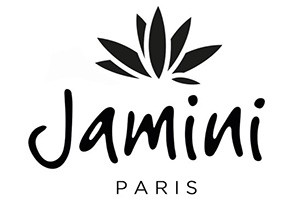Deep blue

Deep blue
Do you know why Blue is the color we love?
Vincent van Gogh said “I never get tired of the blue sky”, and his fascination proved integral to many of his most famous artwork.
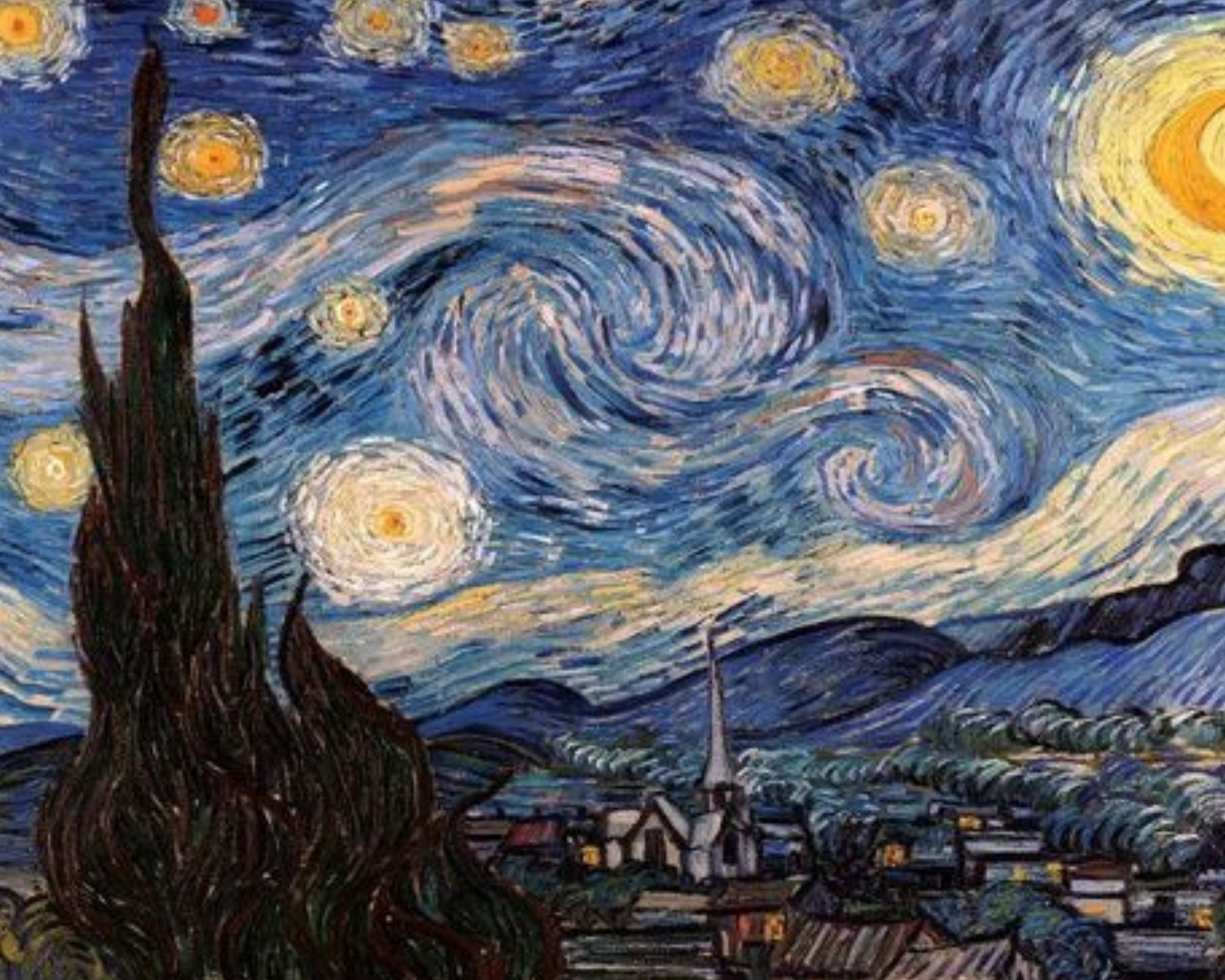
The Starry Night by Vincent Van Gogh
Blue and its psychological impact
Color has a strong effect on our psychology. Rayleigh scattering, an optical phenomenon that causes the sea and sky to appear blue, creates an association between the color blue and the blue aspects of nature. The ancient duality of the sea and the sky generates a visual relationship between blue and impressions of consistency and trust. Cool light of winter and the blue tint of ice draws connections between blue and the cold. Clear blue skies have become synonymous with happiness, relaxation and tranquility. The blue tint of daylight helps regulate our circadian rhythms. Blue also lowers stress levels, stimulating calm.
In China, blue manifests itself as a color of healing, relaxation and immortality. In Turkey, Greece and Albania, blue is said to repel evil. Hindu tradition associates blue with Krishna, a favorite deity who embodies love and divinity.
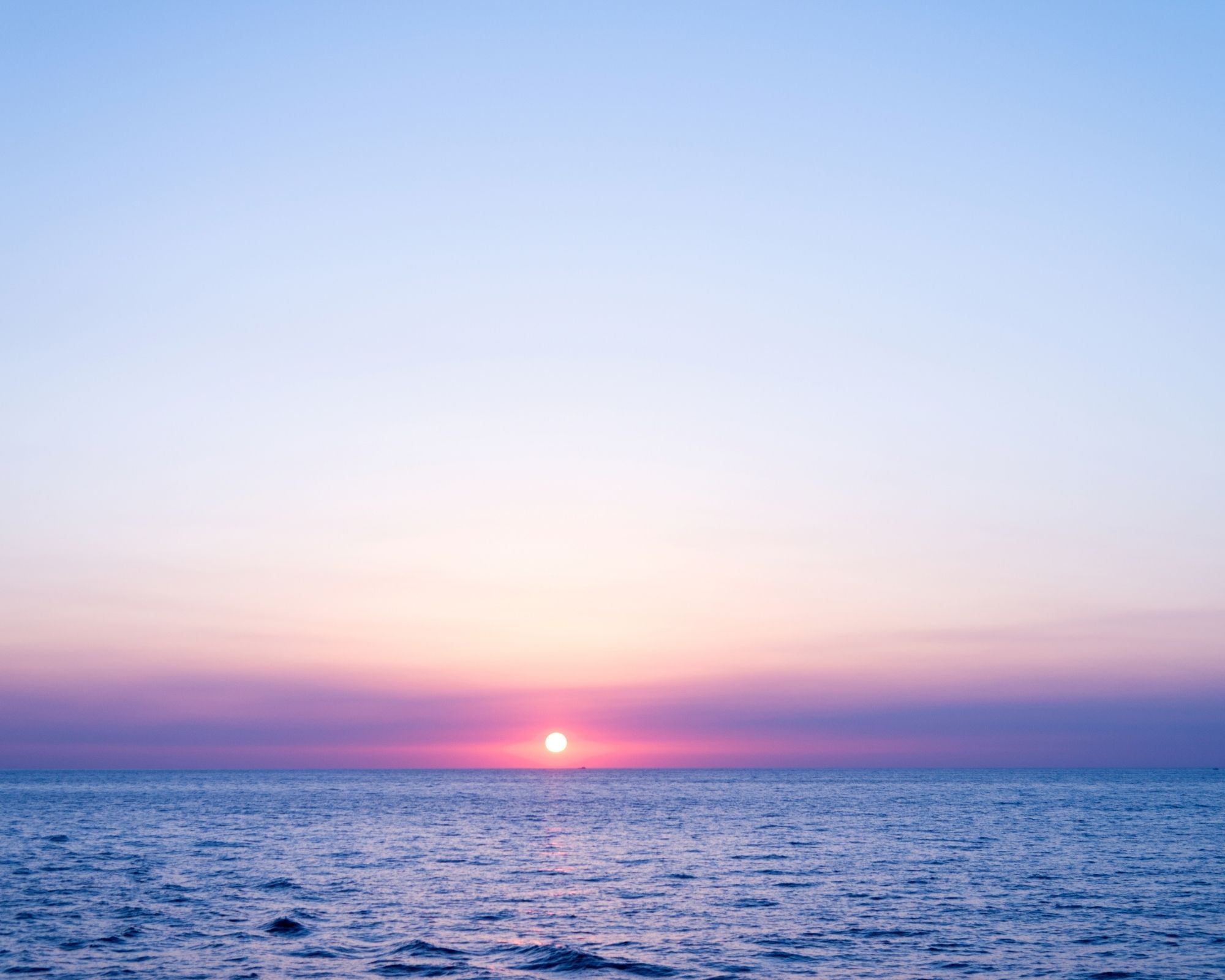
© Canva
Blue in arts
Blue has a strong presence in art throughout history. Ancient Egyptians decorated murals and tombs with shades of blue. Walls of Roman villas in Pompeii had frescoes of blue skies. Greek artists used blue as a background color behind the friezes on Greek temples and to color the beards of statues.
Dark blue was widely used in the decoration of churches in the Byzantine Empire. Byzantine art depicted Christ and the Virgin Mary dressed in dark blue or purple. Dark blue and turquoise tiles were used to decorate mosques and palaces from Spain to Central Asia.

Earthenware brick from ancient Egypt
© jfbradu
© Macha Chmakoff, Transfiguration bleue
In the 12th century, painters in Italy and greater Europe were instructed by the Roman Catholic Church to paint the robes of the Virgin Mary with ultramarine, the newest and most expensive pigment at the time. The Virgin Mother’s updated wardrobe resulted in blue being associated with holiness, humility and virtue.
During the Renaissance, artists began to paint the world as it was seen in real life, mixing blue hues with lead white paint to articulate shadows and highlights. In Titian’s Noli me Tangere and Bacchus and Ariadne, different shades of blue are layered to cultivate depth and tension. In another example, Raphael’s Madonna of the Meadow depicts Mary wearing a deep blue mantle set against a red dress, a striking contrast against a background populated with brown and light blue hues.
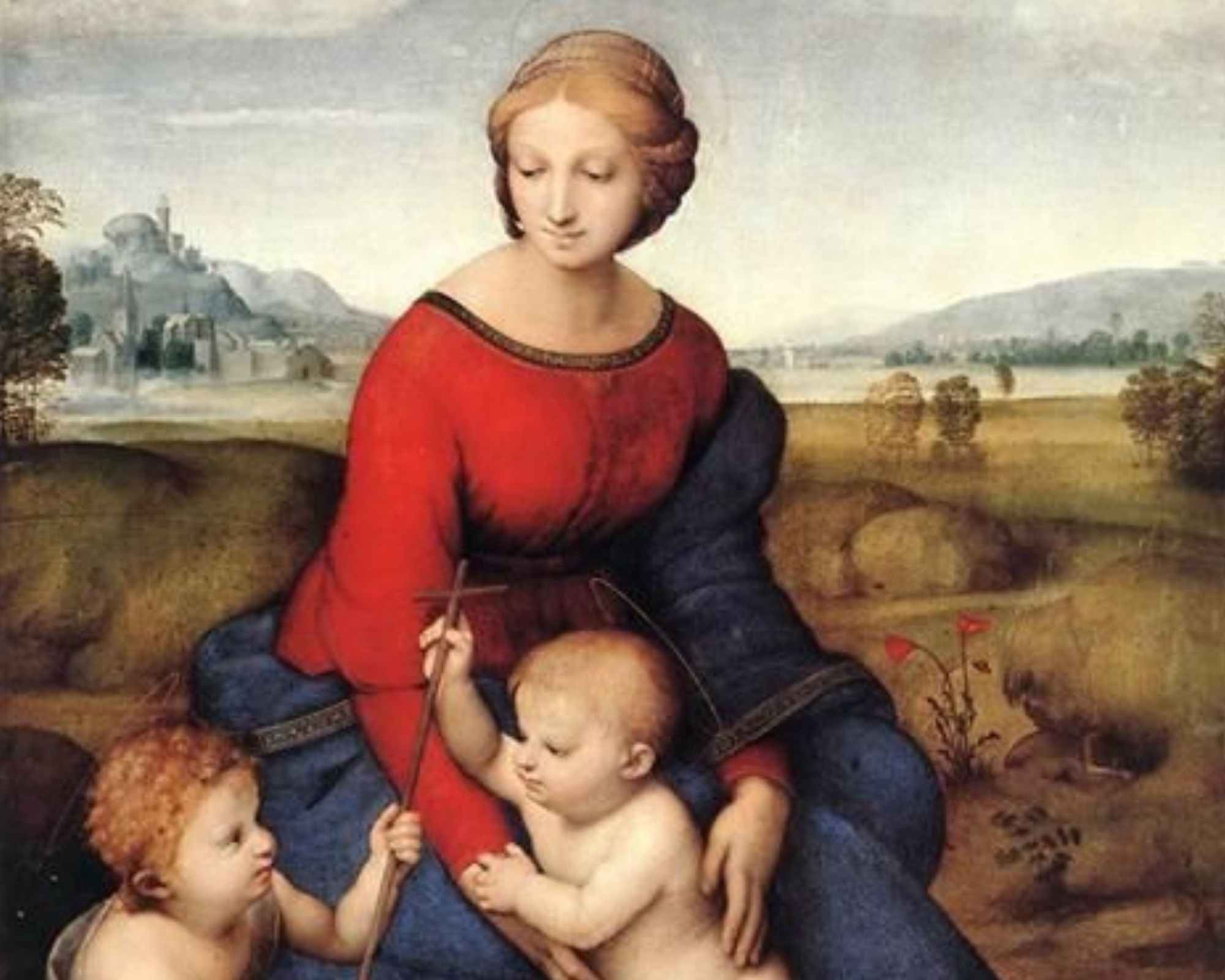
Contenu soumis à la licence CC-BY-SA 3.0. Source : Article La Madone à la prairie de Wikipédia en français (auteurs)
Romanticism used blue predominantly to convey drama in the heavens, and Impressionists like Claude Monet used blue to investigate light and movement in both natural and artificial landscapes. Expressionist van Gogh’s seminal Starry Night, conveys the night sky in active blues and yellows. Cubist Pablo Picasso’s extensive use of Prussian blue defined his Blue Period while Surrealists adopted blue to simultaneously orientate and disorientate the viewer.
From the 20th century artists looked to color as a tool to channel emotion. Exemplified in abstract expressionism, Jackson Pollock‘s Blue Poles, is made up of chaotic strands of blacks, greens, oranges, whites, yellows and grays tempered by nine vertical blue lines. Mark Rothko experimented extensively with blue, as did Barnett Newman, both artists using color as a device to transcend the confines of the canvas.
Contemporary examples of blue in art are rich and varied : for example, Anish Kapoor’s Sky Mirror, Blue challenges our perceptions of an urban environment, re-imagining the landscape through the lens of a large, blue concave mirror.
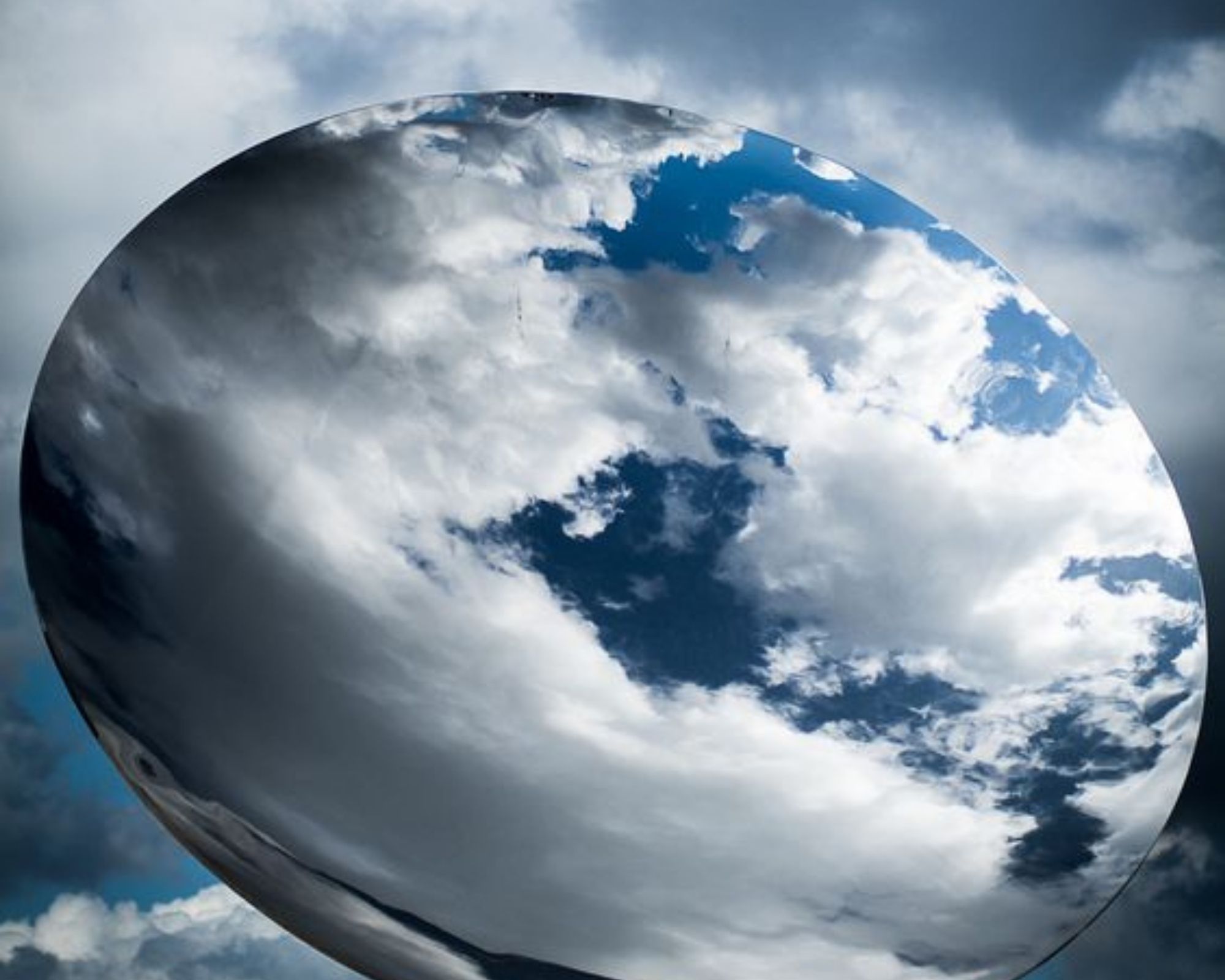
Sky Mirror Anish Kapoor - Versailles
© Patrick Pinte
Use the power of blue in your home decoration
Dark blue
Shades like Royal or Prussian Blue have a strong and grounding Qi energy for your home. Dark blue can create feelings of security, personal wisdom and serenity and works very well in spaces such as a study or a room with a work desk. Use this shade to accessorize your space with a beautifully painted wall and add touches of burnt gold and lots of interior plants to add a touch of warmth to your home decor.
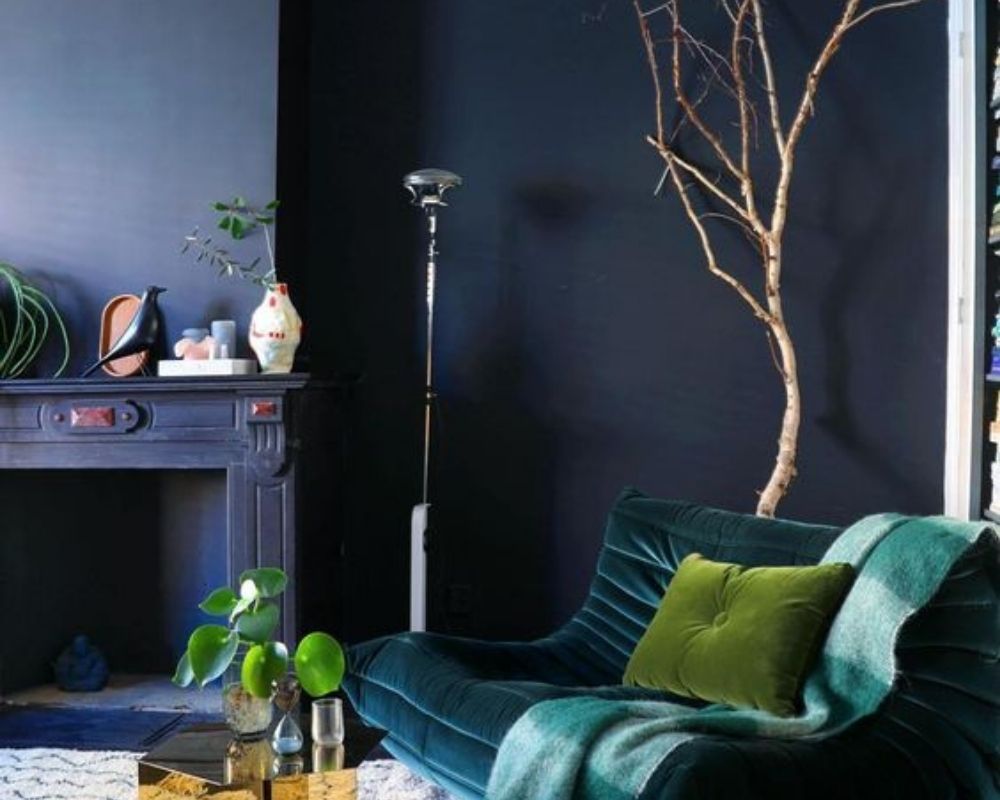
© Theo-Bert
Azure blue
Think of blue skies and an uplifting and invigorating space with a gentle and calming energy. Use touches of Azure blue in hand crafted throws and pillows to bring a cozy and comfortable touch to your interior decoration.

© Workhouse Collective
Baby blue or powder blue
Use this color in spaces that are created for rest and deep relaxation - nurseries and well lit bedrooms would be perfect examples. Light blue accents on hand woven pillows and a touch of blue or soft cotton curtains can create such a welcoming and comfortable atmosphere in bedroom decor.

© Jillian Rose Photography
Duck blue
Our favorite shade with a hint of green, this kind of blue is an excellent color to use as an accent in home offices , meditation spots or softly lit living rooms. Shades of this rich blue on hand block print pillows, Indian quilts and touches of duck blue on table linen and bathroom accessories can create a warm and unique space that make for a very special home decoration style.
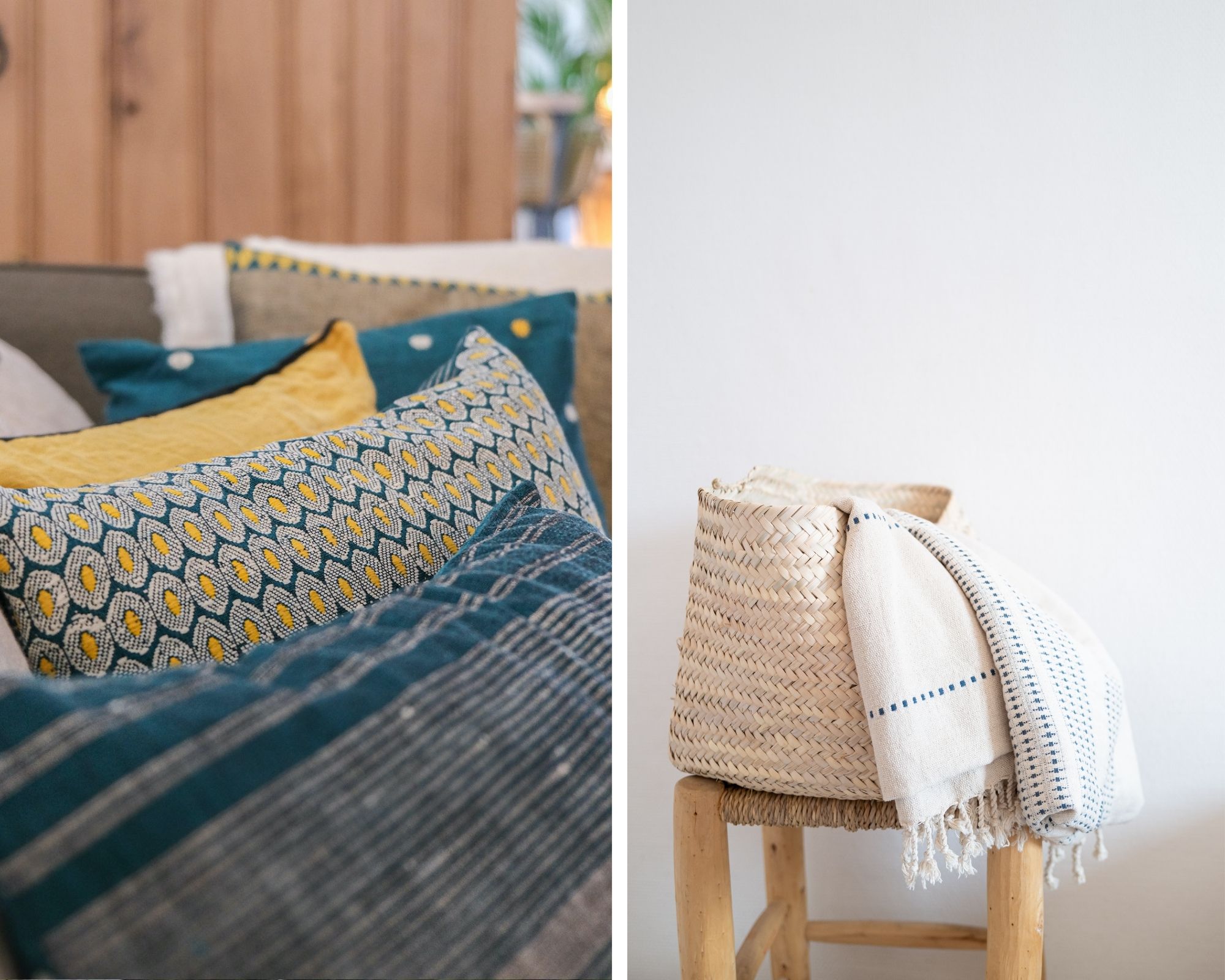
Yves Klein once said “blue has no dimensions, it is beyond dimensions”. Blue embodies nature, calm, reverence, purity, trust and sorrow and visually represents emotion and human experience.
References : Megan Kennedy / digital-photography-school.com/
